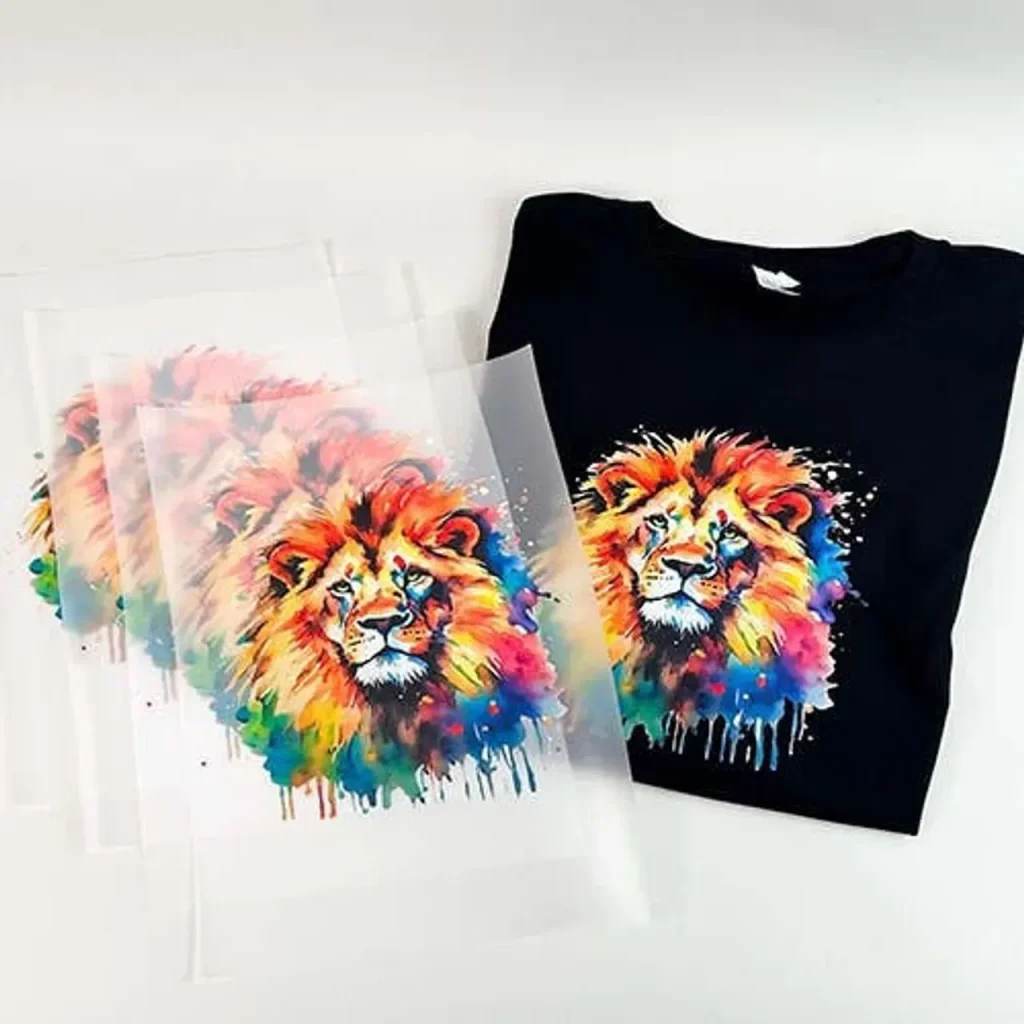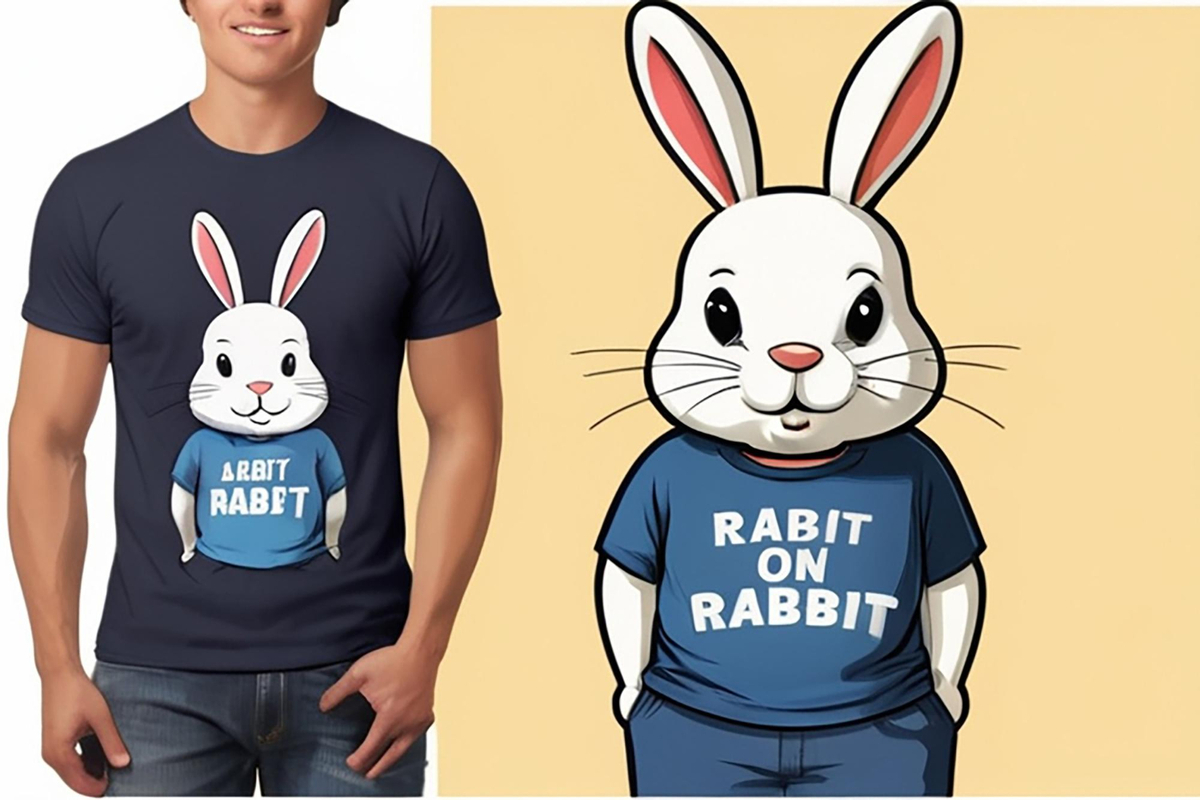DTF transfers, or Direct-to-Film transfers, are revolutionizing the custom merchandise industry with their ability to produce stunning, high-quality prints on apparel and accessories. As this innovative printing method is gaining popularity, businesses of all sizes are discovering the numerous DTF printing advantages, including superior color vibrancy and durability. With the rising demand for personalized apparel, DTF transfers allow for intricate designs that cater to individual tastes, making each item unique. Moreover, this sustainable printing method uses water-based inks, appealing to eco-conscious consumers who prioritize environmentally friendly products. In this article, we will delve into the intricacies of DTF transfers, explore their market trends, and discuss how they are reshaping the landscape of custom merchandising.
Also known as Direct-to-Film printing, this advanced technique is emerging as a game changer in the world of customized retail. By transferring intricate designs directly onto fabric, businesses are able to create personalized apparel and goods that reflect the current consumer trend toward tailored products. The versatility of this printing method extends beyond just clothing; it encompasses a wide range of products that can benefit from the high-resolution images made possible by DTF technology. As entrepreneurs and established brands alike seek sustainable printing solutions, they are finding that techniques like DTF offer not only quality but also a commitment to eco-friendliness, aligning with broader trends in the market.
Understanding Direct-to-Film (DTF) Printing
Direct-to-Film (DTF) printing has revolutionized the way custom merchandise is produced by allowing intricate designs to be directly transferred onto a variety of fabrics. This innovative method uses DTF inks that are water-based and environmentally friendly, ensuring vibrant colors without the harmful elements typically associated with traditional inks. The process involves printing designs onto a special film, which is then adhered to textiles using heat, creating a durable and high-quality product.
DTF printing not only simplifies the complex production processes seen in other methods, such as screen printing, but also caters to a wider array of fabric types. Custom apparel like t-shirts, bags, and hoodies can all utilize DTF technology. This makes it easier for businesses to offer diversified products, tapping into various market segments and trends that seize on the demand for personalization in the apparel industry.
Key Advantages of DTF Transfers
One of the main advantages of DTF transfers is the ease of application. Unlike some other printing methods, which require specialized skills or significant training, DTF printing can be easily adopted by newcomers in the custom merchandise sector. Even small businesses can jump in without the considerable learning curve often associated with more complex printing techniques.
Additionally, DTF printing is cost-effective and efficient. It allows for small batch productions—a crucial feature for businesses that deal with fluctuating demand. This flexibility promotes better inventory management, which is essential for maintaining quality while still meeting customer expectations for unique, personalized apparel.
Market Trends Influencing DTF Printing
Currently, there is a growing trend towards personalization in the custom merchandise market. The increase in consumer demand for unique and customized items, especially since the COVID-19 pandemic, has made DTF printing a preferred choice among businesses. Customers are gravitating towards products that reflect their personal styles and preferences, making DTF an effective tool for meeting these evolving demands.
Moreover, technological advancements contribute significantly to the increasing adoption of DTF printing. Innovations in printing technology and ink formulations have made DTF processes more accessible and affordable for small and medium enterprises. As a result, this method is on track to become a standard in the production of personalized merchandise.
Sustainability in DTF Printing
Sustainability plays a critical role in today’s business strategies, and DTF transfers align with this movement. The use of water-based inks reduces toxic emissions compared to traditional printing methods, making it environmentally friendly. Additionally, the reduced waste associated with DTF printing further appeals to a growing demographic of environmentally conscious consumers.
Businesses that adopt DTF technology can market their products as sustainable options, tapping into a consumer base that values eco-friendly practices. This not only enhances their brand image but also positions them favorably in a competitive market that increasingly prioritizes sustainability.
Challenges Faced by DTF Printing Enthusiasts
Despite its many advantages, DTF printing does come with challenges. One of the significant barriers is the initial investment required to start printing. Quality equipment, including specialized printers, films, and inks, can involve substantial upfront costs, which may seem daunting for new businesses.
Furthermore, while DTF printing is relatively user-friendly, there is still a necessary learning curve that individuals must navigate. Successful implementation depends on understanding the specific calibration and maintenance of equipment, which might pose a challenge for those unfamiliar with printing technologies.
The Future of DTF Transfers in Custom Merchandise
Looking ahead, the future of DTF printing in the custom merchandise arena appears bright. As more businesses integrate DTF technology into their production lines, they unlock the potential for quick turnaround times and high-quality personalized products. This adaptability is crucial in meeting the dynamic demands of today’s consumers.
Moreover, ongoing advancements in equipment and materials will likely further optimize DTF printing, increasing its appeal and accessibility. Trends show no sign of reversing, with custom apparel and merchandise continually evolving to reflect consumers’ desires for unique and sustainable options—an area where DTF printing shines.
Frequently Asked Questions
What are DTF transfers and how do they work?
DTF transfers, or Direct-to-Film transfers, involve printing high-resolution images onto a special coated film using eco-friendly DTF ink. After printing, a heat transfer process adheres the design to fabrics, making it ideal for custom merchandise like T-shirts and hoodies.
What are the main advantages of DTF printing for custom merchandise?
DTF printing offers numerous advantages, including ease of use, versatility in fabric types, high-quality and durable prints, and cost-effectiveness for small batch production. This makes DTF transfers an attractive option for businesses in the custom merchandise industry.
How does DTF printing compare to other printing methods in terms of sustainability?
DTF printing is considered more sustainable than traditional methods due to its use of water-based, eco-friendly inks and reduced waste. This aligns well with the growing consumer demand for environmentally conscious printing solutions.
Can DTF transfers be used on various fabric types?
Yes, DTF transfers can be applied to a wide range of fabric types, including cotton, polyester, and blends. This versatility expands creative possibilities for businesses looking to diversify their customized apparel offerings.
What challenges might businesses face when starting with DTF printing?
While DTF printing offers many benefits, challenges include the initial investment needed for quality printers and materials, as well as a learning curve for operators to master the technology and achieve optimal results.
How is the demand for DTF transfers affecting the custom merchandise market?
The demand for DTF transfers is significantly growing due to trends in personalization, technological advancements, and consumer preferences for sustainable products. This shift is helping businesses cater to a wider audience looking for unique and eco-friendly custom merchandise.
| Aspect | Details |
|---|---|
| What are DTF Transfers? | Modern printing technology allowing high-resolution images to be transferred directly onto fabric using water-based, eco-friendly inks. |
| Advantages of DTF Transfers | 1. Ease of Use 2. Versatility across fabrics 3. Quality and Durability 4. Cost-Effectiveness |
| Market Growth and Trends | 1. Increased Demand for Personalization 2. Technological Advancements 3. Environmental Sustainability |
| Challenges with DTF Printing | 1. Initial Investment Costs 2. Learning Curve for Effective Operation |
| Current Insights | The DTF printing market is expanding, driven by demand for customization and technological advancements. |
Summary
DTF transfers represent a revolutionary step forward in the custom merchandise industry, transforming how custom apparel and promotional items are created. By utilizing advanced printing technology, DTF transfers offer a perfect blend of quality, durability, and versatility, making customization more accessible than ever. With a growing emphasis on sustainability and consumer demand for unique, personalized products, DTF transfers are not just a trend but a significant shift in the production process. As entrepreneurs and businesses embrace DTF printing, they are poised to thrive in a market that values innovation and quality, ensuring DTF transfers will remain a cornerstone of the custom merchandise landscape.



